- News
- Reviews
- Bikes
- Accessories
- Accessories - misc
- Computer mounts
- Bags
- Bar ends
- Bike bags & cases
- Bottle cages
- Bottles
- Cameras
- Car racks
- Child seats
- Computers
- Glasses
- GPS units
- Helmets
- Lights - front
- Lights - rear
- Lights - sets
- Locks
- Mirrors
- Mudguards
- Racks
- Pumps & CO2 inflators
- Puncture kits
- Reflectives
- Smart watches
- Stands and racks
- Trailers
- Clothing
- Components
- Bar tape & grips
- Bottom brackets
- Brake & gear cables
- Brake & STI levers
- Brake pads & spares
- Brakes
- Cassettes & freewheels
- Chains
- Chainsets & chainrings
- Derailleurs - front
- Derailleurs - rear
- Forks
- Gear levers & shifters
- Groupsets
- Handlebars & extensions
- Headsets
- Hubs
- Inner tubes
- Pedals
- Quick releases & skewers
- Saddles
- Seatposts
- Stems
- Wheels
- Tyres
- Health, fitness and nutrition
- Tools and workshop
- Miscellaneous
- Cross country mountain bikes
- Tubeless valves
- Buyers Guides
- Features
- Forum
- Recommends
- Podcast
feature
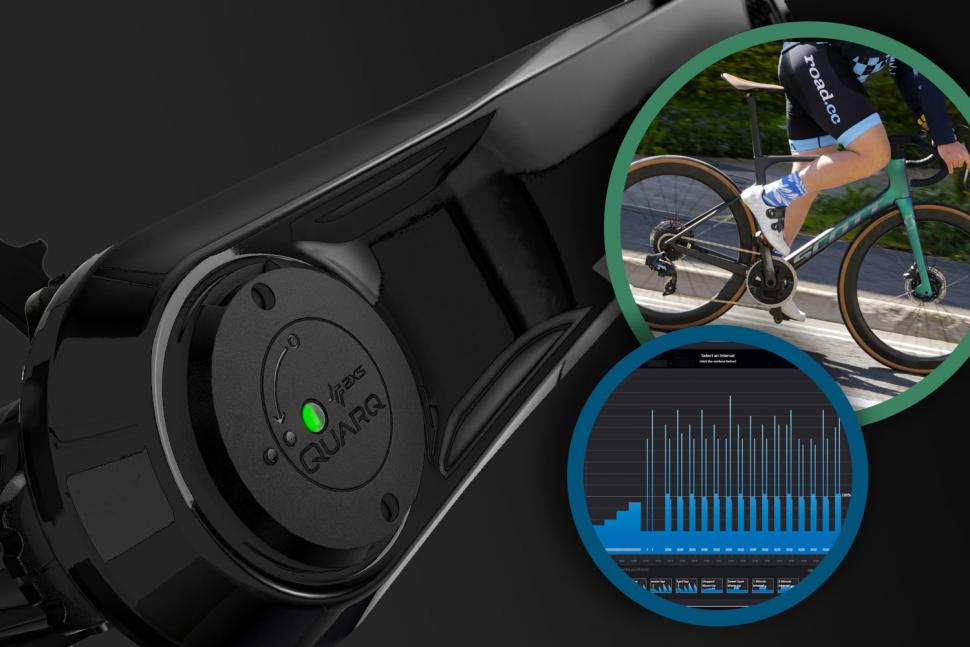 12 reasons why you should buy, and use, a power meter May 2021
12 reasons why you should buy, and use, a power meter May 202112 reasons why you should buy, and use, a power meter
Power meter prices have tumbled over the past two or three years, making them accessible to more people than ever before, and here's why you should consider investing in one as a means of boosting your fitness.
> Find our power meter reviews here
A power meter is a tool that can be used to help you become a stronger and fitter rider. It provides you with an extra set of data, that if used correctly can be beneficial for you in a number of ways. We spoke with ABCC Level 3 Coach Roy Holmes of Holmes Cycling about why you should consider investing in one for your fitness, whatever your goal may be…
> Buyer's guide: Cycling power meters: explore these 25 systems to find the best one for you
“Power meters don’t actually tell you what to do, but they give you another set of data you can utilise that previously wasn’t as accessible,” says Roy.
“Now this readily available information is incredibly useful for either riders themselves who are trying to improve on their own, or for coaches who are working with riders to help them achieve whatever their goal is.
"It could be a rider wanting to complete a 100-mile sportive, or a WorldTour title at pro level—both sets of riders use it in different ways."
1. Quality data means no excuses
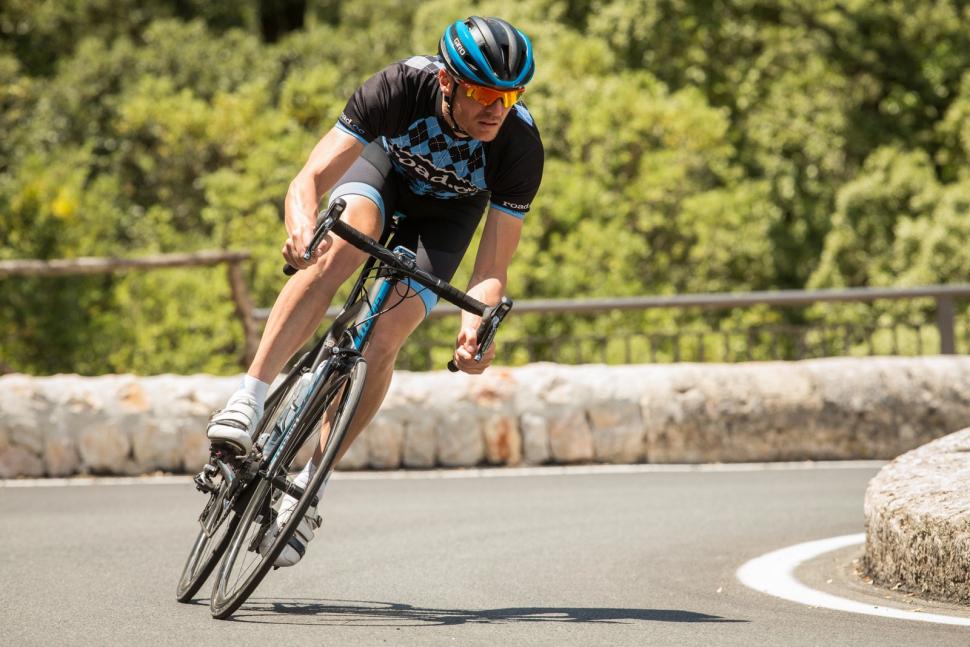 A power meter measures exactly the effort you’re putting out regardless of the terrain, the conditions, your fitness, or any other factor, and it’ll give you figures that you can meaningfully compare over time to gauge progress.
A power meter measures exactly the effort you’re putting out regardless of the terrain, the conditions, your fitness, or any other factor, and it’ll give you figures that you can meaningfully compare over time to gauge progress.
> How to maximise your fitness when you get to 40+
While a heart rate monitor can measure your body’s response to the effort you’re putting in, a power meter records your output.
As you know it is quality data, any improvements you do make can bring greater satisfaction. You could improve your average speed for a 50km ride, say, but deep down you know you picked a route that had fewer hills and corners, less traffic and a favourable wind direction—this gives you a false impression of your fitness, whereas a power meter tells you exactly what you’re putting out.
Heart rate can be affected by other factors including heat, caffeine consumption and training load, whereas power meters are not affected by any outside variables.
With this accuracy you can use your power meter data to track trends in your performance between every session, year after year—the data is comparable.
2. Make the best use of training time
As a power meter takes the guesswork out of your training effort, it allows you to train time efficiently. You can plan exactly what you need to do, then go out there and do it, taking your cues from the numbers on your bike computer.
> 13 best cycling GPS units — get ride data and bike satnav from £50
Roy says: “Power meters can make sure that your training is the most effective for the amount of time you have available in any given week.”
> How to get the most from your limited training time
Instead of riding around aimlessly, with a power meter you can ensure you're spending the right amount of time in each zone. Once you’ve completed your set intervals you can finish the ride in the knowledge you’ve done all the training that will help you make fitness gains.
3. Helps you ride at varying intensities
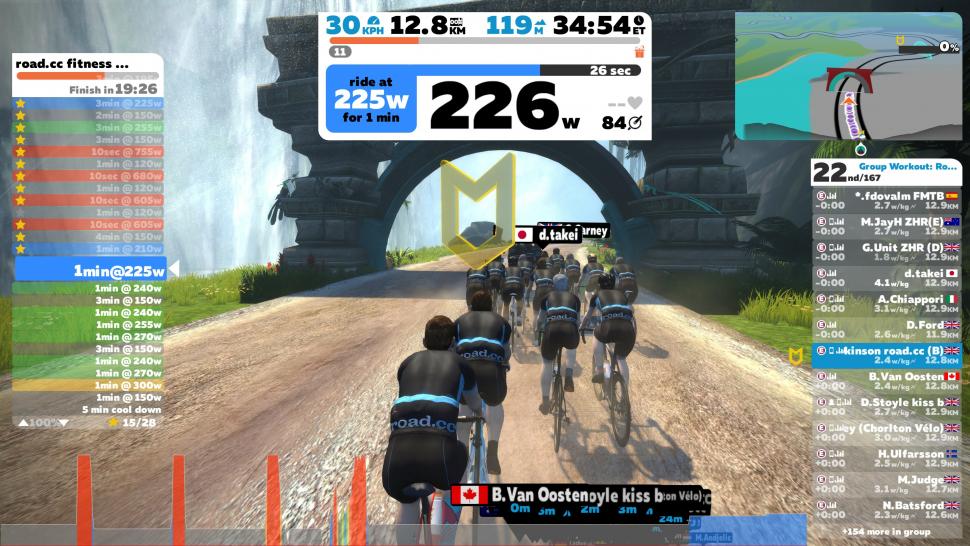
Power meters can help you pack in a more worthwhile workout, by hitting time in different training zones.
Roy says: “One of the most common mistakes riders make when trying to get fitter is they’ll always ride at a particular level, a middle zone.
“Riders tend to gradually up the duration, but if you’re always riding at the level you’re used to, you’re going to get minimal training effect from that—you’re just doing more of what you’ve always done.”
> How to make the most of riding solo: get maximum benefits from training alone
Power meters can help with providing a focus to each training ride, as well as ensuring you are sticking to the intended intensity as you ride.
“Power meters are useful for polarising your training. This means doing hard sessions where you go really hard, and easy sessions that are really easy.
“You may be riding your bike, but if you’re not quite at the right level you won’t get the benefit from that particular session. That benefit could be intensity or recovery.”
4. Highlight your weaknesses
A power meter helps you identify weaknesses in your fitness. If your anaerobic endurance lags behind other areas, there’s no hiding from the figures so you know exactly what you need to work on to address your weaknesses.
Roy says: “Power meter data can be presented as a power curve. This shows what power you are putting out across all durations of effort, from five seconds to hours, and everything in between.
“Once you have this detailed data, you can see what type of rider you are, and if specific work needs to be done to improve a particular area of your fitness.”
Training strategies can then be individualised and your time spent more effectively in each session.
5. Use power alongside a heart rate monitor
Power meters can only be most effectively used in conjunction with a heart rate monitor, Roy believes.
> Buyer's guide: 10 best heart rate monitors for cycling — get useful fitness data
“One mistake riders make when they start using a power meter is that they forget to continue using a heart rate monitor.
“Heart rate should be seen as your input to the process. Your body needs to provide the necessary energy for fuelling an effort and your heart is responsible for providing that to your muscles through the bloodstream.
“Then you are measuring the outputs that your muscles can produce with the power meter.
“They both have their very specific purposes, and they’re very useful and important metrics to have. I would never favour one above the other.”
One of the easiest metrics to measure and compare is how much power you can produce for any given heart rate, says Roy.
“If you’re riding along and your heart rate is 150bpm and you produce 200 watts for 20 minutes at that level, after you train for a month two possibilities could happen.
“You could produce 200 watts at a lower heart rate, which would mean you’re now fitter. You’re riding a little more efficiently because you don’t need as much input to produce the same output. Or for the same input—that’s the same heart rate—you can produce more power.”
Tracking how your output and input compare is a good way of gauging progress.
“You might be able to see that you are hitting your targeted power numbers, but without heart rate data you can’t tell how hard you were having to go to do so,” notes Roy.
6. You get real-time data
Power meter readings can be useful for accurately seeing how hard you are pushing the pedals as you put effort in.
Roy explains: “The main problem with heart rate is that it’s not instantaneous.
“If you are doing an all-out effort sprinting up a hill, your heart rate doesn’t immediately go to the max. There is a real-time lag, whereas power meter data provides instantaneous feedback.”
Power meters enable you to know if you’re hitting an intended zone immediately in training sessions that involve shorts intervals.
This can be particularly useful for workouts such as a HIIT (high-intensity interval training) session with blocks of 30 seconds on at >120% of FTP (functional threshold power – the maximum power you can hold for an hour), 30 seconds off.
> What is FTP? 7 key facts to learn about functional threshold power, a major training metric
But a power meter really helps pace all efforts that are five mins or shorter. Five mins might seem quite a long time, but although your HR will have caught up by halfway through, if you were going way too fast in the first half of the effort it’s not going to go well in the second.
7. It'll tell you when to get some rest
A power meter can tell you when it's time for some recovery. The data from a power meter can be fed into software such as Training Peaks or Strava, and this will give you a number for your training load.
> 8 things you didn’t know about Strava — advanced features for exploring and performance analysis
This can help you gauge the number, length and intensity of your rides so that you are getting an adequate amount of rest – and also so that you don’t massively increase your training load from previous weeks in one go. That’s a recipe for overtraining and burning out.
> Are you a Zwift addict? The gamification of indoor cycling platforms
You want gradual and incremental progression and a power meter can help with that. It allows you to better manage your training schedule.
A power meter can also be used in conjunction with a heart rate monitor to show if you need rest. For instance, if your heart rate is markedly higher than normal for a particular power output, it could be that you’ve not recovered sufficiently from your last session or block and you need to take it easy.
8. It helps you pace yourself
You can use a power meter to pace an event too, particularly time trials. If your training tells you that you can hold 250w for an hour, for example, you can work out a strategy for your next 25-mile time trial based on that.
Roy says: “A time trial is all about getting from A to B in the fastest time, and the rule is not to start too fast. It’s essential to manage your effort and pace correctly, and a power meter can help make sure you do that.
“Let's say you’re doing a 10-mile time trial, that's going to last 20 to 25 minutes depending on your fitness level. You don't want to spend five minutes at the start going too fast, because that means you've got another 15 to 20 minutes to do. You're never really going to recover from that initial effort being too hard, so you're then in the red for the rest of the event.
“A power meter forces you to hold yourself back and save it for the back end, rather than going really fast for the first half and then just fading away towards the end, going slower and slower.
While a power meter can be a great tool for time triallists for pacing efforts, Roy cautions: “I don’t advocate staring at a power meter in UK road races.
“I ask all my athletes to take their computer off their handlebars and put it in their pocket. I’m interested in recording what they do during the event, but I’m not interested in riders looking at heart rate and power all the time to try to gauge what they should be doing.
“You’ve got to do what you’ve got to do, and you can either do it or you can’t. With UK racing we’re not riding up 20km climbs like on the Continent, where pacing comes into it.”
Roy believes that using a power meter in a race could stop you from achieving what you are truly capable of in that competition setting.
“Your motivation to dig deep and try really hard in races is greater than it is in training. You shouldn’t be limiting yourself by saying, oh goodness I’m doing 400 watts here I can’t do that for very long. Well, you might be able to, you’re just never been that motivated.
“I don’t want riders to be limited by what they’re doing in training,” Roy stresses.
Also, as you will have most likely tapered for your targeted event, you’re fresher and so in a better place for hitting PBs in a race whereas each training session is part of a much larger load, and so you’ll be more fatigued.
9. Another way of getting PBs
If you are not racing, using a power meter can be a satisfying way of gauging progress and maintaining your drive as you achieve peak power PBs.
“It can be a motivational tool,” says Roy. “Riders can see they’re making progress when they hit their best powers across the spectrum.”
If you’re looking at your power curve—which displays your best power numbers for a wide range of different length efforts—there are lots of opportunities for seeing improvements.
“But it can go the other way,” Roy warns. “It would be great if we were constantly on upward trends and always be getting better and better, but unfortunately that’s not the real world. We’re not machines and sometimes things don’t go to plan.”
If you’re not getting anywhere or you’re not making quite as much progress as you’d like, this is where a coach could come in. By working with you, a coach can help you gain improvements for you, your body, your situation and your goals.
While peak power numbers are an easy and encouraging way of seeing improvements, there’s lots more to fitness than just your tippy-top maximum effort figures. For example, you could see gains in terms of repeatability of efforts. This data can also be collected using a power meter and looks at how many times can you hold, say, 400 watts for 1 minute, rather than the maximum power you can do for a minute. It’s these repeated efforts that are more important when racing and riding anyway, unless you only do hill climb events.
10. It allows you to ride and race indoors as well as out
While you can ride and race on platforms such as Zwift using a classic trainer (that doesn’t record power data), using a power meter will give you a more accurate experience.
> Video - a Zwift setup for every budget
zPower is Zwift’s “calculated estimate of your power output and doesn’t represent absolute power values. Due to a number of variables—it's likely that the data you see in-game will vary from the power you’re actually generating.”
As zPower isn’t so accurate a lot of races don’t allow you to compete without using a power meter or a smart turbo.
Zwift racing can be a great way to compete, and a motivating way of digging deep. Zwift races are also more accessible as there are events at any hour and they’re also a lot cheaper as you are paying £12.99 per month, whereas circuit races can cost this amount per race.
> 8 Zwift top tips - find new ways to improve your Zwifting
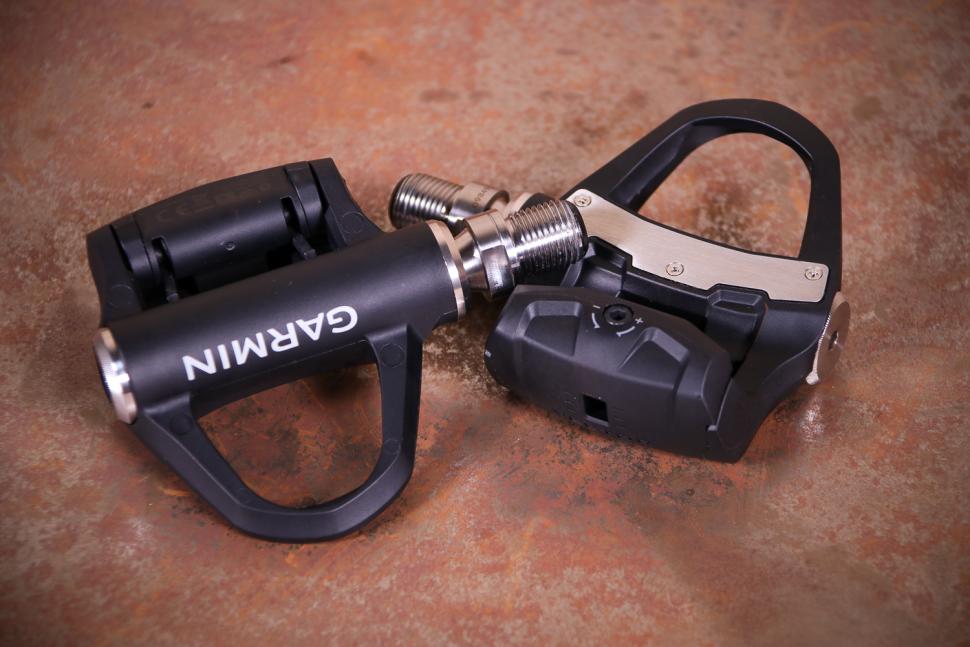
It’s also useful having a crank or pedal-based power meter as you can then cross between heading outdoors or staying in, and ride at the same level. You can get smart turbo trainers that measure your power output – but these can’t be used on the road, obviously!
> 15 of the best turbo trainers: Stay fit by riding indoors
11. You won’t see headwinds as your enemy
Headwinds are your friend when training with power because it helps you maintain consistent output, says Roy. “A headwind is giving you something to push against, similar to going up climbs.”
Riding into a headwind can enable you to hit a targeted power output for a specific desired training adaptation.
> Cycling in the wind? Get these 11 secrets to beating the gusts
Roy adds: “One of the easiest ways to produce consistent output power is a very long climb. While there are lots of five and 10-minute climbs, there are very few 20-minute climbs in this country. If I want somebody to do a 20-minute effort at a given power, I suggest finding a long straight with a headwind. It’s easier to produce a given power number riding into a headwind than it is with a tailwind.”
With this in mind, a power meter can help you take advantage of real-world riding conditions. It’s encouraging to see you are putting the work in out on the road, rather than seeing your average speed plummet as you suffer into the headwind. We all know how demoralising that can be.
12. You can monitor leg strength imbalances when recovering from injury
Dual-sided power meters measure the power of the left and right leg separately. Your left/right leg balance can be analysed, and this is particularly handy when coming back from a serious leg injury.
“[A dual-sided power meter] is useful for seeing progress if you’ve suffered a crash and you’re trying to rebuild strength in your injured leg.
“The balance could be something like 70% from your good leg and only 30% from the injured, so that needs addressing.”
Leg extension, hamstring curl and leg press machines can be used to rebuilding strength, and so can one-legged squats starting at bodyweight and then progressing to kettlebells.
Returning from injury, it’s important to keep the weight light to start with and upping the number of sets before adding more weight to ensure you are completing each exercise fully.
Aside from this use, Roy is not convinced looking at left/right leg imbalances with a power meter is really worth worrying about more generally, for the five percent differences that are reasonably common.
“If you’re interested in the data that’s fine. Is it going to help me coach you any better? Yes, if you’re recovering from an injury. If not, it’s marginal.
“Are you prepared to spend six months in the gym to make your left or right leg a little bit stronger to alter that balance by 2%?”
Roy also adds: “As you push harder and harder on the pedals, it does even up a bit. It’s when you’re just riding along at a steady pace that you will see the maximum difference between both legs.”
Anna has been hooked on bikes ever since her youthful beginnings at Hillingdon Cycle Circuit. As an avid road and track racer, she reached the heady heights of a ProCyclingStats profile before leaving for university. Having now completed an MA in Multimedia Journalism, she’s hoping to add some (more successful) results. Although her greatest wish is for the broader acceptance of wearing funky cycling socks over the top of leg warmers.
Latest Comments
- Gkam84 11 min 1 sec ago
I think that is why blind eyes have been turned in the UK, internationally aswell, with things like the Redhook crits, there were many licensed...
- bensynnock 12 min 39 sec ago
I bought a gravel bike in the autumn and have used it exclusively since, until a few weeks ago when it needed some repair work and I had to wait a...
- Surreyrider 29 min 5 sec ago
You're going to be writing that a lot in the coming months and years, unfortunately for you.
- mdavidford 1 hour 20 min ago
Ahem - other esporters(?) might be rather surprised to hear that the UCI has taken over their events - I think that would be the Cycling Esports...
- Bungle_52 1 hour 29 min ago
I wonder how he got to the game?
- OldRidgeback 1 hour 31 min ago
You'd need some good wet weather gear for that ride too.
- OnYerBike 3 hours 55 min ago
It seems to me that the most likely explanation is that whoever provided that quote fails to grasp the difference between a "public right of way"...
- andystow 4 hours 1 min ago
That article is far too kind to Moses. I highly recommend reading The Death and Life of Great American Cities. Despite the title, it applies to...
- chrisonabike 5 hours 59 min ago
Hub brakes have their own trade-offs. I actually liked the one I had for its particular application - in a "utility" bike where I didn't care...


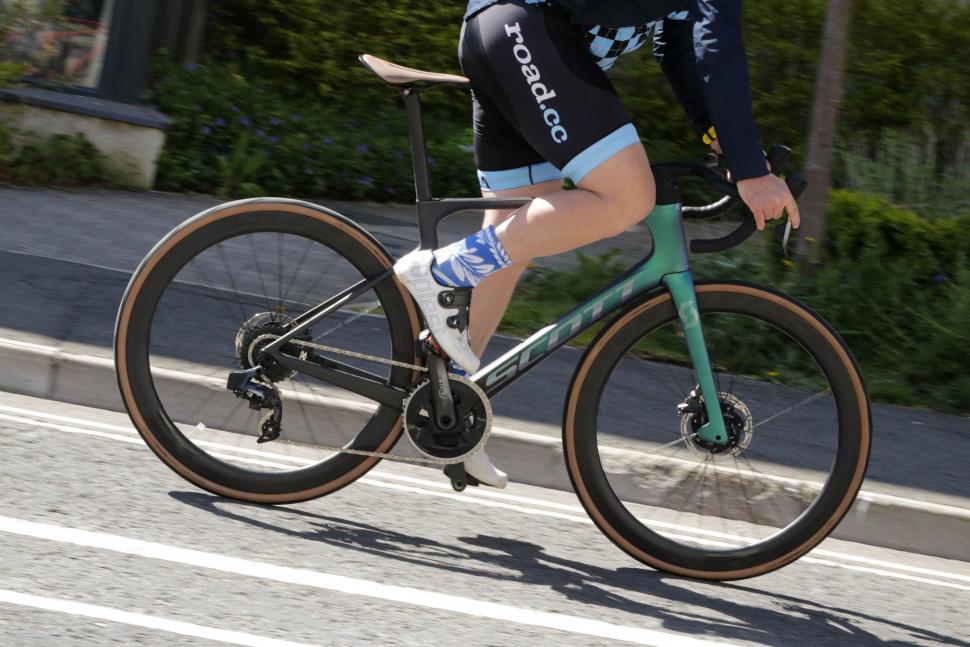
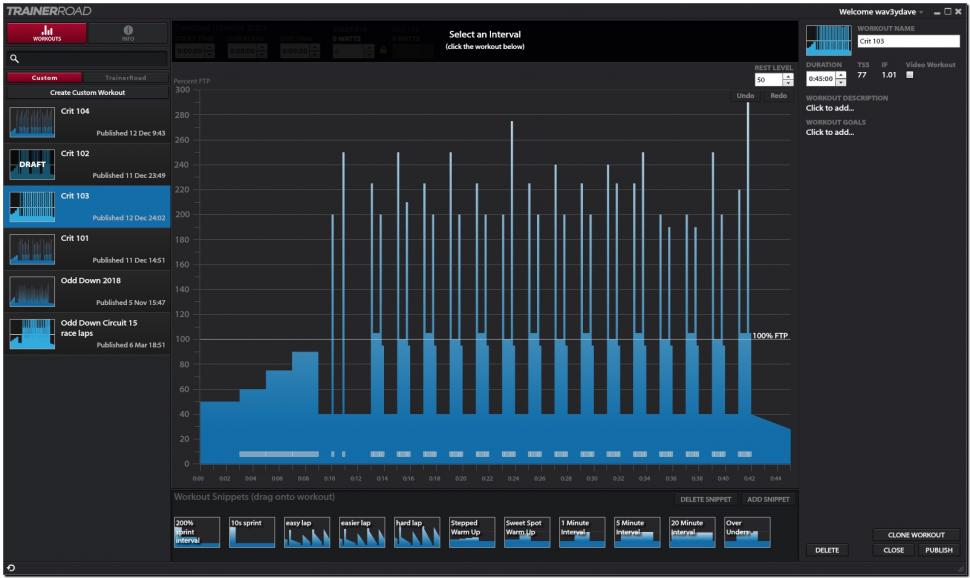
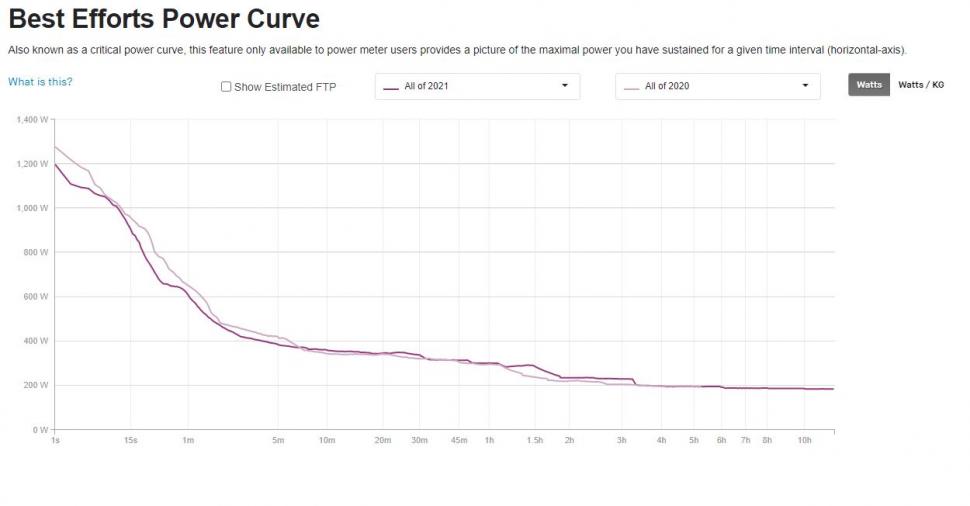
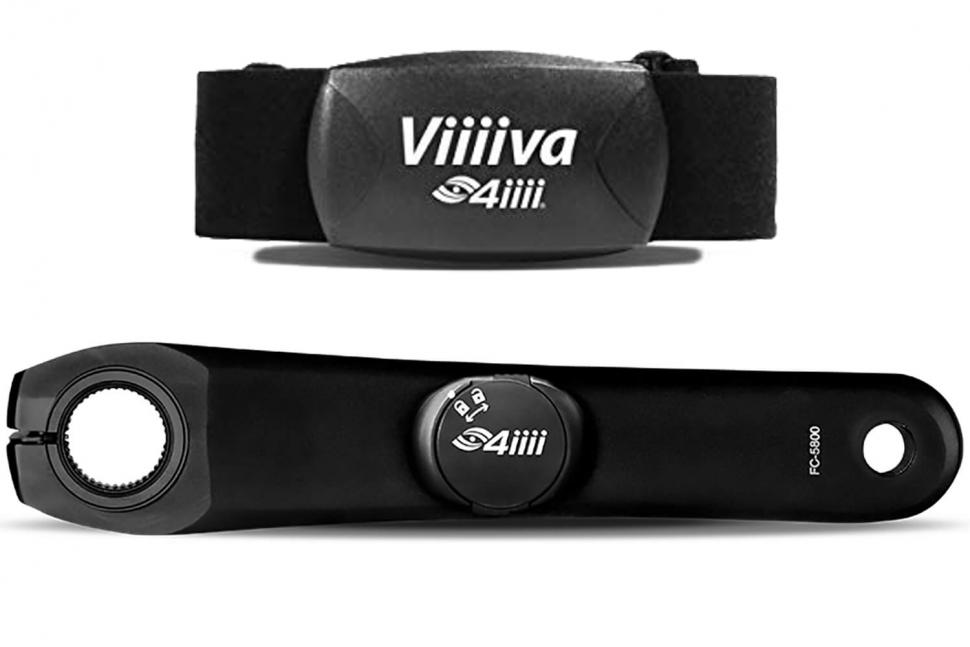

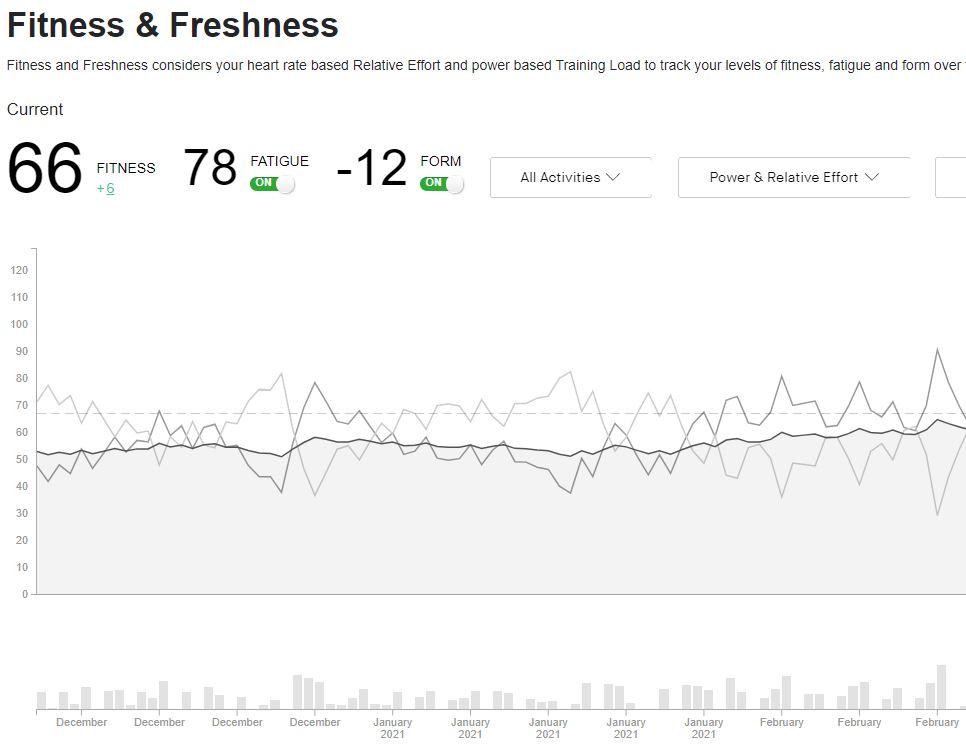

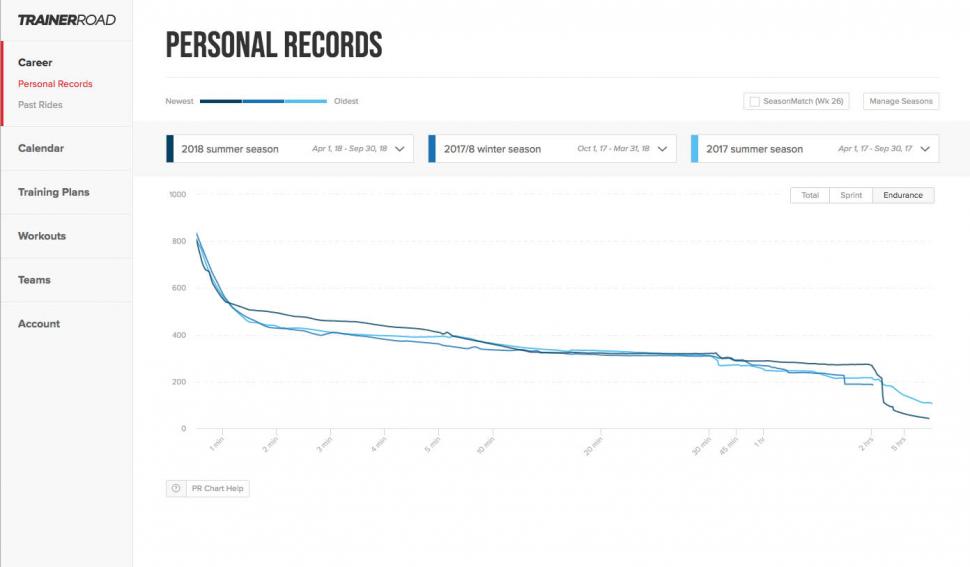


Add new comment
4 comments
I bought a power meter as a total indulgence as a treat, thought it'd just be interesting (not being a racer of any sort) - now find it absolutely invaluable for hill climbing, riding to power instead of speed or HR is so much more consistent and such a help in doing the best I can without blowing. It's gone from a toy to the figure at the top of Garmin screen one, and if I could only have one metric on the head unit, that would be it.
I have power meters on both bikes and they are invaluable for me to get a measure of my effort when out on the road as I find heart rate just isn't granular enough.
However I would say that rather than get a power meter immediately only do it if you already have a smart trainer, unless you are a diehard outdoors rider.
The beauty of a smart trainer is that for roughly the same price as a decent low end power meter £300-£500 you are getting something that will not only measure your power but brings with it all the tools to develop that power in the controlled conditions of your own home. No wind , no rain, no snow and ice & no darkness. You won't get an interval at an inconvenient momement approaching a junction. Your mates don't want to come out - that's fine you'll get 15 ride ons from Zwift.
Even without measuring it you'll feel the effects out on the road. You'll be able to stick on the tail of your monster hill climb buddy a little longer.
So smart trainer first PM later.
Yes I second that, Zwift has been invaluable for letting me know exactly what my capacities are and I regularly recheck under the - as you intimate - "laboratory conditions" it offers and then use that to set my limits/expectations on the road.
Or buy the power meter and use your power meter with a dumb trainer, just as effective as a smart trainer aslong as you don't mind changing gear to climb faster rather than have the trainer change the resistance, then you can train with power inside and out.